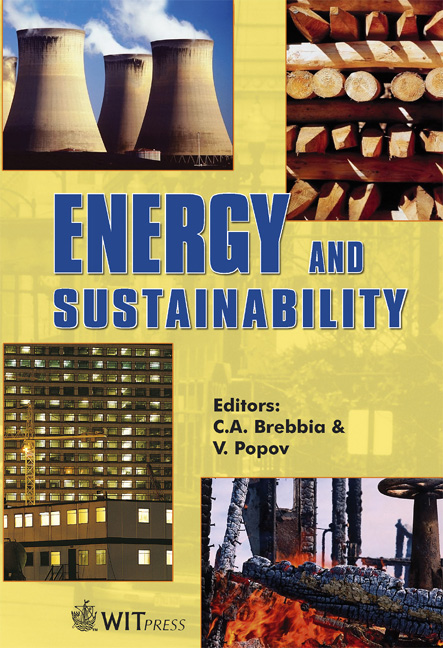Advantages Of Foam Flow Usage For Heat Transfer Process
Price
Free (open access)
Transaction
Volume
105
Pages
9
Published
2007
Size
383 kb
Paper DOI
10.2495/ESUS070091
Copyright
WIT Press
Author(s)
J. Gylys, S. Sinkunas, S. Ziedelis & T. Zdankus
Abstract
Size and mass reduction in heat exchangers are important but challenging issues. It can be achieved by enhancing the heat transfer rates within the exchanger and applying a two-phase system as a coolant, which provides significant benefits. Two-phase systems, such as a foam flow, have a number of advantages in comparison with single-phase systems. For example, they require smaller coolant flow rates, and lower energy consumption in delivering the coolant to the region where heat transfer process is to take place. They also provide larger variations of heat transfer intensity depending on foam hydrodynamics and its chemical characteristics. Two-phase foam flow has a number of specific peculiarities, which do not allow the application of the established analytic methods in estimating the heat transfer characteristics. Experimental methods were therefore adopted and the heat transfer of in-line and staggered tube bundles were investigated in a vertical channel (with 180 degree turn) with foam flowing both upwards and downwards. The dependence of tube bundle heat transfer on the foam flow velocity, direction and volumetric void fraction was analyzed. Results of the investigation were generalized by criterion equations, which can be used for the design of the heat exchangers, utilizing statically stable foam. Keywords: heat exchanger, experimental set-up, foam flow, heat transfer, tube bundle. 1 Introduction Foam is distinguished by an especially large inter-phase contact surface and can be used as a coolant in heat exchangers or foam apparatus. One significant
Keywords
heat exchanger, experimental set-up, foam flow, heat transfer, tube bundle.





